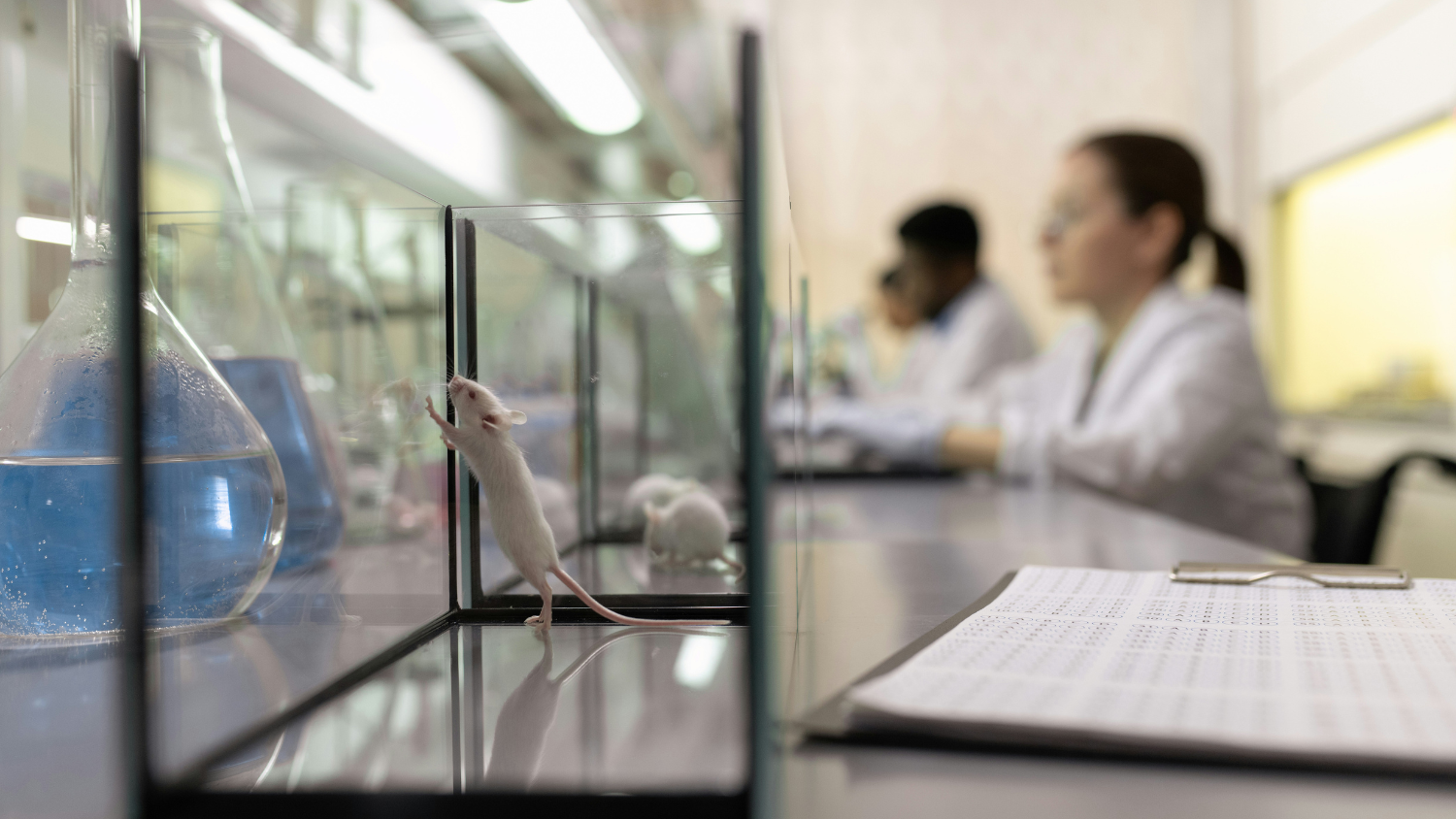Tungsten Wires from Advent in Breakthrough Alzheimer’s Research
.png?width=50)
Researchers from the University of Barcelona and collaborating institutes have developed a new double transgenic J20/VLW mouse line, used as an animal model to study why some people with Alzheimer’s brain changes never develop dementia. Using Advent’s tungsten wires to record hippocampal activity, the study revealed preserved memory and brain rhythms despite amyloid and tau build-up.
Alzheimer’s disease is defined by the accumulation of amyloid-beta and tau proteins in the brain, changes usually linked with memory loss and dementia.
Yet some individuals show these Alzheimer’s hallmarks but remain cognitively healthy. Understanding why is critical for developing new approaches to prevention and treatment.
The Study
A team led by the University of Barcelona’s Institut de Neurociències, together with Pompeu Fabra University, Centro de Biología Molecular Severo Ochoa (Madrid), and Pablo de Olavide University (Seville), created a double transgenic J20/VLW mouse line.
- The J20 line develops amyloid-beta plaques.
- The VLW line develops abnormal tau protein.
- The combined J20/VLW line carries both Alzheimer’s pathologies.
This line served as an animal model to investigate why some brains maintain function despite the presence of plaques and tangles.
The findings, published in Brain, showed that unlike the single-mutation lines, J20/VLW mice retained recognition memory and preserved hippocampal rhythmic activity — both crucial for cognition.
Key Findings
- J20/VLW mice carried both amyloid-beta and tau pathologies but did not show the memory loss seen in single-mutation lines.
- Hippocampal brain rhythms (theta and gamma oscillations) were preserved.
- The GABAergic septohippocampal pathway, usually disrupted in Alzheimer’s, remained intact.
- This resilience positions the J20/VLW line as a valuable animal model for studying protection against dementia.
Advent’s Role: Tungsten Wires for Brain Recordings
To capture these results, the team implanted 50 µm Teflon-coated tungsten wires supplied by Advent Research Materials.
These electrodes enabled:
- High-precision recordings of local field potentials (LFPs).
- Analysis of brain oscillations linked to memory.
- Direct comparison between healthy, single-mutation, and double transgenic animals.
Without these precision materials, the subtle protective effects seen in the J20/VLW line could not have been detected.
The study shows that Alzheimer’s pathology does not always translate into dementia. Protective mechanisms, such as preserved GABAergic innervation, may allow the brain to function despite plaques and tangles.
By studying resilience in this animal model, researchers can search for new therapeutic strategies aimed at preserving cognition in humans.
Advent Research Materials is proud to support pioneering neuroscience through the supply of high-purity tungsten wires. By enabling precise hippocampal recordings, our materials contributed to a study that helps explain why some brains resist dementia despite Alzheimer’s changes.
Reference
This research was published in Brain (Oxford University Press):
E. Dávila-Bouziguet et al., Functional protection in J20/VLW mice: a model of non-demented with Alzheimer’s disease neuropathology
Download the full study (PDF)
